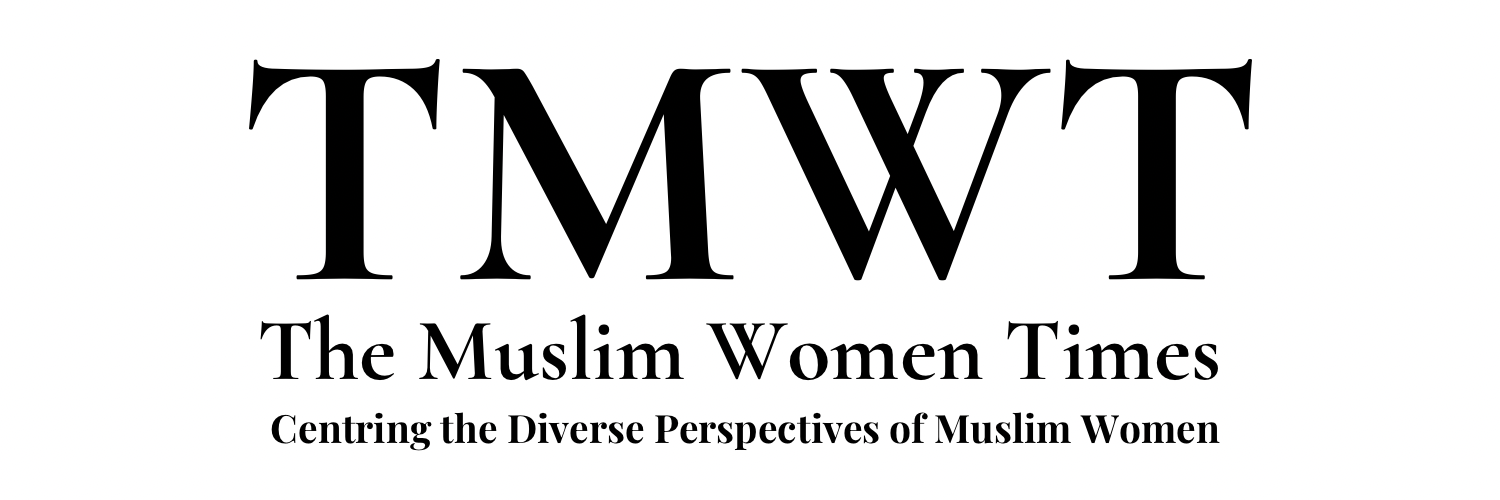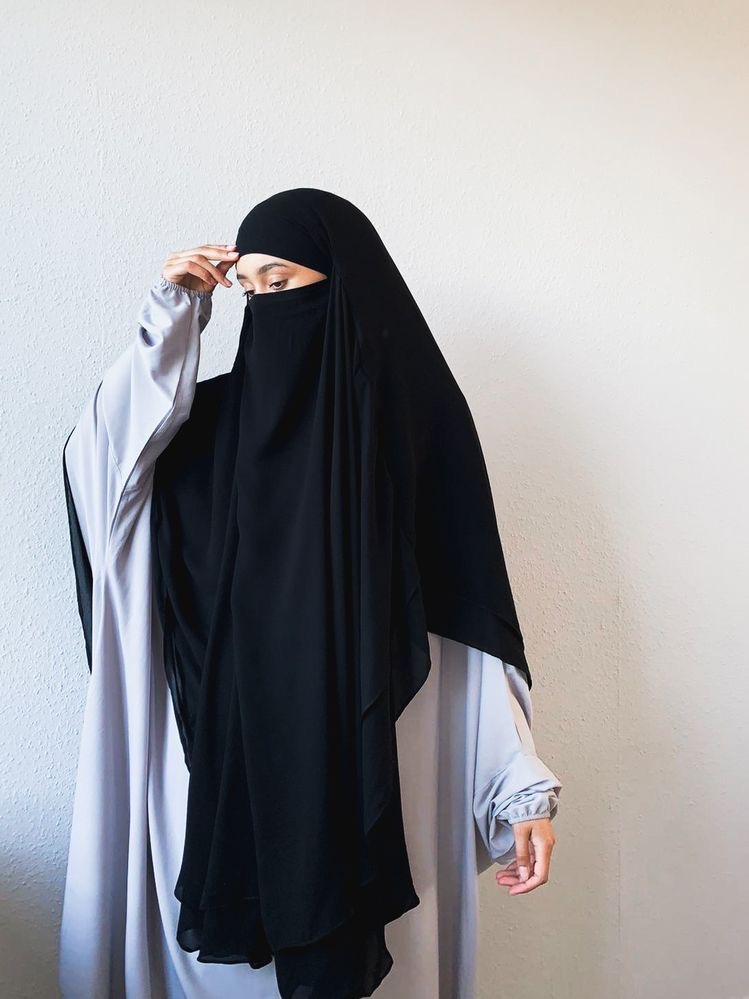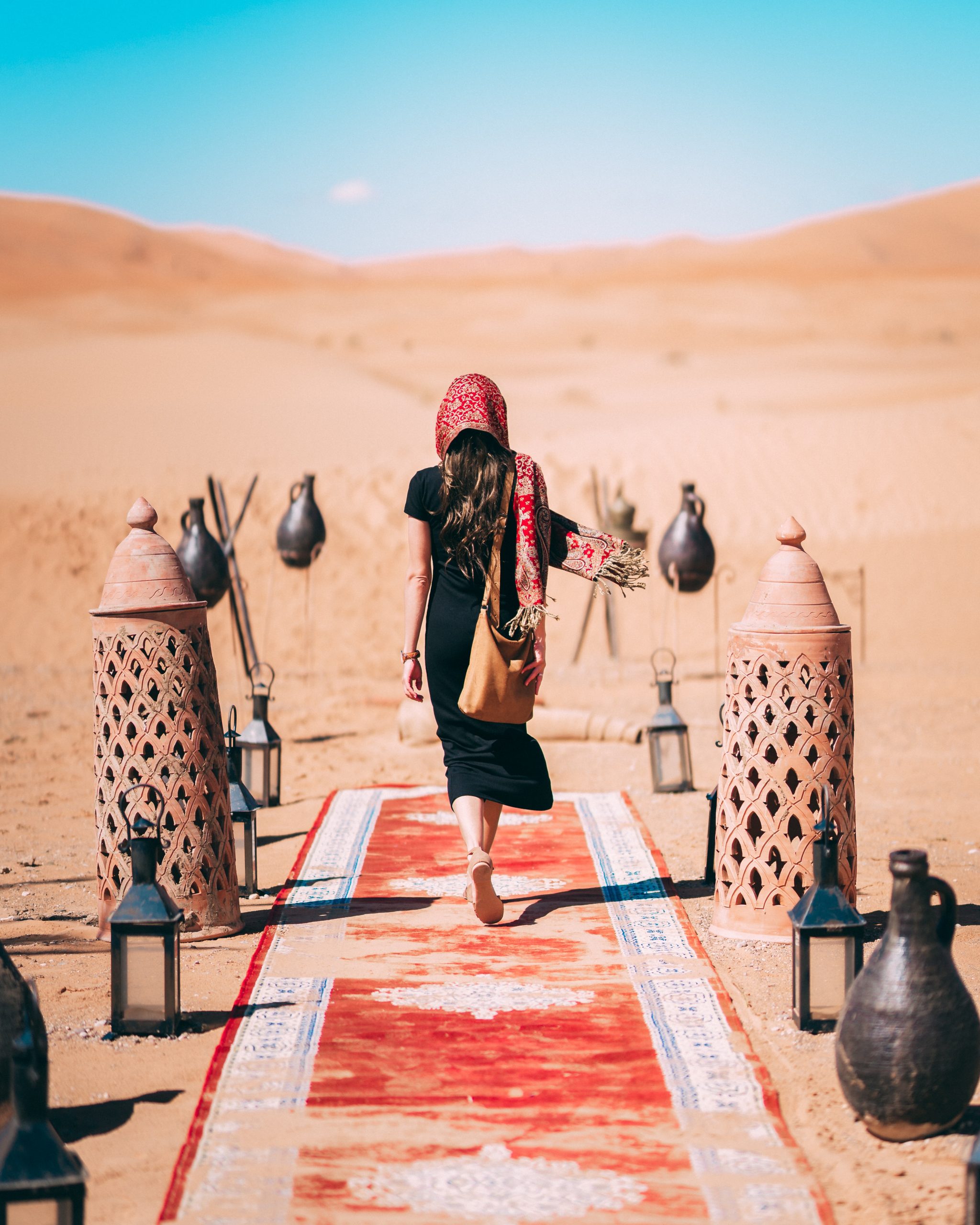Slut-Shaming and the Burqa
Most of you have heard about the juvenile analogy of women who don’t wear a veil as a candy without a wrapper, attracting houseflies (read: unwanted attention). While many make it their bread and butter to liberate women based on their own standards of feminism and upbringing, I decided to write about a recent incident to show how complicated the perception of veiling is.
Culturally, my family is part of a community where veiling is a common practice. If you don’t veil, it is unusual and rather unheard of. For the work that I do in grassroots education campaigning and organising TEDxShekhawati (the largest TEDx in India, which takes place in a rural area), it is common for me to travel with men, talk to men, meet men, and have male visitors at home in the village who want to say hellos during my annual visits.
The cultural stronghold in such areas is so strong, that slut-shaming is effortless and very real. As a public space, the villages and small towns are spaces for men. They can walk, sit, drive, spit freely, spend hours sitting in a shop and chat over tea, play cricket, watch movies, ride bikes from a town to the next with friends, picnic with friends and so on. In contrast, if a girl were to hang out on the terrace of her own home, she will be slut-shamed and told off for making herself available to the public male gaze.
There is an inherent unfairness in this restriction that many don’t notice at all. This, however, is not restricted to a physical space. With the increased usage of social media, particularly Facebook, it is unsurprising that the online space mirrors the physical space. I run the FB page of our family foundation which has 2000+ followers. I can count less than ten names of women on this list. I spoke to a few girls in the village and they explained that their brothers and fathers had explicitly told them “not to be seen” on Facebook. If any woman makes an account, it is highly likely that she will use a male name and never post a single personal photo Instead, she would post photos of love or religious poetry, religious advice and religious warnings — all for a pious image. The few names of women that I have seen have no personal photos. On the other hand, most boys/men post selfies daily and have their page visible to the public. During my trip to Rajasthan earlier in the year, a few young boys introduced me to another young guy who had come to the village from Mumbai to attend TEDxShekhawati. They tell me that he has a huge following on his FB page and guys often send him their selfies so he could ‘make them go viral.
Last week, someone sent me a personal short clip of a few young girls hanging out, making a fun selfie video, lip-syncing to a patriotic song and in another short video, to a Bollywood song. It was spectacularly ordinary — nothing we wouldn’t have shot with a sister or a friend at some point. These videos were followed by a voice note from an anonymous man who slut-shamed these girls to the moon, berating them, using the choicest of swear words and constantly saying that they have shamed their family and their upbringing. He blamed their education, saying that this is the problem when girls can read “two textbooks” — they don’t deserve an education.
“Once they study, they will never return.”
I had to watch those videos again to see if I had missed anything. Na-uh. Zero nudity; nothing remotely rude. Only a small group of friends, dressed up and taking selfies. The only problem was that they were of the wrong gender. They also were not aware that someone they trusted had sent this to a group of men.
When people pontificate on my freedom or lack of it because of my burqa, this is the reality that none of them sees. For all the love of revolutions and disruptive activism, we forget to acknowledge a nuance where not everything is a violent disruption. There is a ‘quiet activism’ where we change things from within. It is impossible to embody values that stress a community and then expect them to reform in any way. Nobody trusts an outsider.
Slut-shaming is so effortless and in the age of social media, the mob mentality gets worse because with a few clicks, within seconds, a hundred people can receive these messages. In the villages, when they see me travel the world in my burqa, carry myself with respect and dignity, it is proof for them that women can get an education, travel the world and do it on their own terms. A woman, one of their own.
In such communities, honour and shame are huge. People there will tell you that it is the only currency they have earned in their life. They hold onto it so tight that anyone remotely threatening its fabric is not trusted and, therefore, unwelcome.
Whenever I am asked about the freedom narrative regarding the hijab/burqa, this is a reality that many do not stop to consider. No, I am not promoting the burqa. All I am saying is that I can do absolutely everything wearing it. And more than conform to your idea of freedom, wearing this is helping girls go to school and get opportunities they didn’t get until recently. This is a bigger proof point for me, instead of pretending to feel concerned about someone else’s idea of freedom.
I’d like to hear your thoughts on how to change this culture of slut-shaming.




